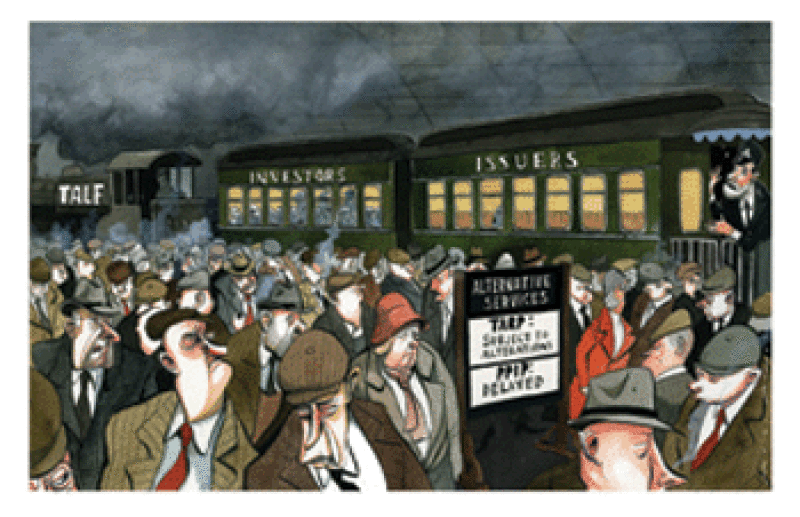
WHEN FEDERAL RESERVE chairman Ben Bernanke came up with the Talf programme in November 2008, it was with one aim in mind – to revive the securitization markets. The term asset-backed securities lending facility was conceived as a way to jump-start new issuance in the ABS market, meeting the credit needs of households and small businesses, for which lending had dried up as the financial crisis hit home.
Providers of student loans, credit card loans, auto loans, and small business loans had stopped lending as they were no longer able to package up the loans and sell them on to end investors in securitized deals. The Fed hoped that by offering investors an incentive to buy securitized loans, issuers would return, and with more consumer loans available, the appetite to spend would increase, helping to lift the country out of recession. The Fed would lend money (up to $1 trillion eventually) on a non-recourse basis to those buyers of newly and recently originated AAA-rated asset-backed securities, which would be used as collateral. By doing so, the increased supply of investors would make it cheaper and an encouragement for lenders to return.
